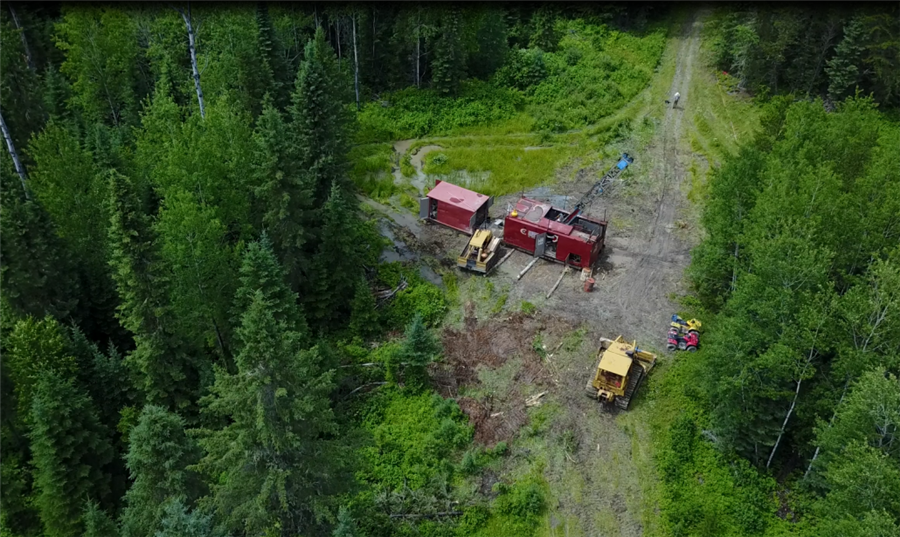
Great Bear Resources is expanding its exploration program at its Dixie gold project in Red Lake, Ontario to 200,000 metres from 90,000 metres.
The junior will be adding rigs in January for a total of at least five and expects the year-round drill campaign to last until the end of 2020. Great Bear’s $21 million exploration budget for 2020 is fully funded.
Drilling will focus on the known gold zones at the LP Fault, Hinge zone, Dixie Limb and North Fault, as well as new targets across the 22-km strike length of the property.
Recent drill results include 42 metres of 5.28 g/t gold starting at 80 metres depth (Auro zone); and 37.4 metres of 5.14 g/t gold (Yauro zone) at the LP Fault
The LP Fault has been drilled along 4 km of its interpreted 20-km strike length. The company has made several discoveries at Dixie over the last two years including the Dixie Limb zone, the Hinge zone and the LP Fault deformation zone (made up of the Bear-Rimini, Yuma and Auro zones).
The company says higher-capacity drill rigs are now being used at Dixie to increase production rates at shallow depths and to allow holes up to 2,000 metres.
Great Bear says its drill costs are $175-185 per metre, well below the industry standard.
The Dixie property hosts different styles of gold mineralization, typical of the prolific Red Lake gold district. High-grade gold-bearing quartz veins and silica-sulphide replacement zones hosted by mafic volcanic rocks, and localized near regional-scale D2 folds, occur at the Dixie Limb and Hinge Zones.
The LP Fault is a trans-crustal deformation zone that hosts gold mineralization controlled by structural and geological contacts, and low to moderate grade disseminated gold around the high-grade intervals.
(This article first appeared in the Canadian Mining Journal)